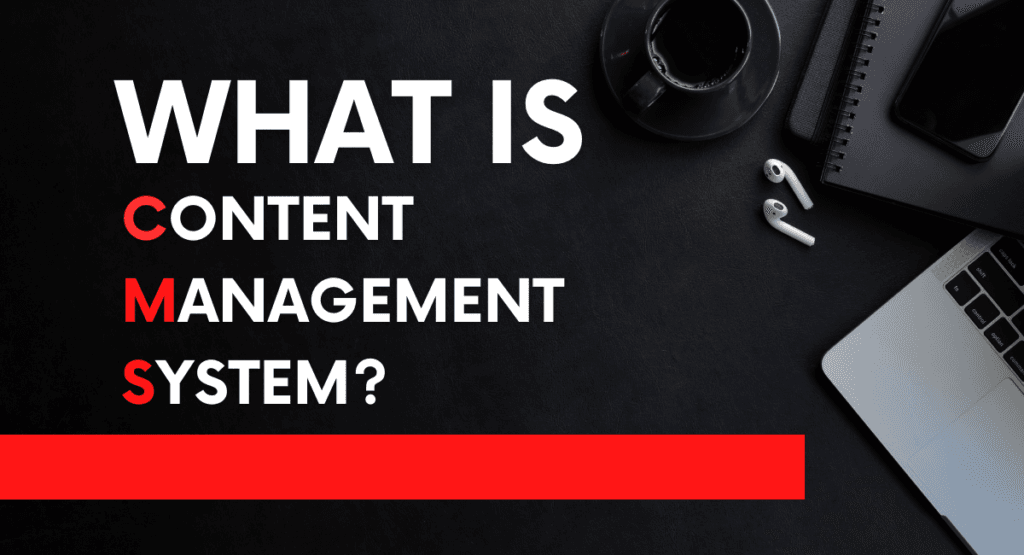Introduction
Content marketers generate and deliver relevant, timely, and consistent content to their target audience in order to gain and retain a following. It seeks to encourage lucrative customer behaviour by presenting consumers with content that is relevant to their desires and areas of interest.
Importance of content marketing in the digital age.
Content marketing is essential in the digital age for boosting brand credibility, traffic, and customer relationships. By offering meaningful interactions and informative content, well-written content helps companies achieve their objectives, engages customers, and boosts search engine optimisation.
Overview of what the blog will cover.
This blog will look at the principles of content marketing, its strategic value, and practical tips for developing interesting content. Along with content genres, distribution techniques, and success measurement, it will assist you in developing an effective content marketing strategy.
The Basics of Content Marketing
What is content marketing?
To attract and retain a target audience, as well as encourage brand loyalty and income, information marketing requires the creation and distribution of high-quality content.
Key elements of content marketing
Videos, blog posts, infographics, and podcasts are all necessary components for capturing visitors and effectively communicating content in a number of formats.
Differences between content marketing and traditional marketing.
While traditional marketing frequently relies on direct advertising and promotional methods, both content marketing and traditional marketing focus on building relationships and providing value through relevant information.
Benefits of Content Marketing
Increased brand awareness.
Content marketing helps to create reputation and credibility by engaging with a larger audience, increasing brand visibility, and regularly delivering useful content.
Better customer engagement.
When intriguing content creates a connection with the audience, stronger bonds are formed and continued brand involvement is encouraged.
Improved SEO and website traffic.
Enhancing a website’s organic traffic and search engine rankings with high-quality content increases its visibility online and attracts more potential clients.
Higher conversion rates.
Effective content marketing attracts and nurtures leads by providing useful and engaging information, increasing the possibility that visitors will become customers.
Cost-effectiveness compared to traditional marketing.
Content marketing is typically less expensive than traditional marketing, resulting in longer-term benefits, cheaper recurring costs, and a higher ROI.
Types of Content Marketing
Blogging
Importance of blogs in content strategy.
Blogs are essential for content strategies since they give engaging content and insightful information. To entice and maintain readers, some experts recommend focussing on consistency, readability, and relevancy
Tips for writing engaging blog posts.
Prioritise audience involvement, comprehension, and applicability.
Video Content
Rise of video marketing.
Video marketing is becoming increasingly popular. To captivate and hold the attention of viewers, videos must include a strong call to action, eye-catching visuals, and a clear message.
Creating compelling video content.
Use forceful calls to action, short text, and high-quality graphics.
Social Media
Social media networks are essential for content delivery. Content should be generated with each platform’s structure and target audience in mind, and posting schedules should be followed.
Utilizing social media platforms for content distribution.
Social Network Creation involves a diverse audience and encourage participation.
Best practices for different platforms.
Customise content to match user preferences and platform-specific formats
Infographics
Infographics use visual components to communicate complicated information quickly and efficiently. When producing them, keep clarity and aesthetic appeal in mind, and break down the content for easier comprehension.
Benefits of visual content.
Infographics make difficult content easy to understand and distribute.
Designing effective infographics.
A well-designed infographic should have a consistent theme, succinct text, and clear images.
Podcasts
Podcasts are a popular source of in-depth debates and analysis. To establish an audience, you must first create content, then produce episodes, and last promote your podcast.
Growth of podcasting as a content medium.
Make sure to add new subscribers on a regular basis and in an ethical manner.
How to start and promote a podcast.
Use clear calls to action, eye-catching headlines, and original content.
Email Newsletters
Email newsletters keep readers informed and engaged. providing a bespoke email list and providing compelling content can increase conversions and open rates.
Building and maintaining an email list.
Acquire subscribers in a morally responsible manner and provide frequent updates.
Crafting effective email content.
Make use of attention-grabbing headlines, relevant material, and unambiguous calls to action.
Content Marketing Strategy
Defining your target audience.
Determine your target audience’s wants and preferences so that you may develop relevant and compelling content that they will enjoy.
Setting clear goals and objectives.
Set specific, quantifiable goals for your content marketing efforts so that you can track your progress and alter your strategy as needed.
Conducting content audits and competitor analysis.
Regularly analyse rivals’ content and materials to find areas for improvement as well as strengths and weaknesses.
Developing a content calendar.
To ensure timely and trustworthy delivery, plan and organise content creation and distribution using a content calendar.
Creating and curating high-quality content.
To satisfy customer expectations and improve your content strategy, prioritise the creation of smart, relevant content and the use of trusted sources.
Promoting and distributing content.
To maximise impact and reach, leverage a variety of content distribution and marketing channels and strategies, such as social media, email, and partnerships.
Measuring and analyzing results.
To analyse performance and make strategic adjustments, metrics such as engagement, traffic, and conversions can be used to monitor and analyse content success.
Content Marketing Tools and Resources
Tools for content creation .
Tools for designing and creating visually appealing content to increase engagement and branding include Canva and Adobe Creative Suite
Platforms for content management and distribution.
Content management solutions like WordPress and HubSpot make it easier to create, publish, and distribute information, improving efficiency and organisation.
Analytics tools.
Analytics tools such as Google Analytics and SEMrush provide data on how well content performs, which may be used to measure and enhance strategies.
Trends and Future of Content Marketing
Current trends in content marketing
Nowadays, interactive content and AI-driven customization are popular because they increase user engagement and allow material to be tailored to each individual’s interests.
Predictions for the future of content marketing.
Emerging technologies like as AI and VR will alter the personalisation and interactivity of material, while voice search and visual content will become more crucial for attracting viewers and improving user experience.
How to stay ahead in the evolving landscape.
Keep up with the ever-changing industry by incorporating new platforms, styles, and technological breakthroughs.
Case Studies and Success Stories
Examples of successful content marketing campaigns.
Extreme sports competitions and videos are used by Red Bull as part of their content marketing strategy to boost engagement and brand loyalty. Another illustration is HubSpot’s inbound marketing approach, which provides helpful tools that draw in and turn leads.
Lessons learned from leading brands.
Well-known brands like Coca-Cola and Nike are excellent examples of the value of narrative, consistent branding, and audience involvement. They emphasise how important it is to disseminate pertinent, high-quality information with care in order to build client loyalty and advance business success.
Common Challenges and How to Overcome Them
Creating high-quality content consistently.
To ensure content quality, prioritise planning and resource allocation above all else.
Standing out in a crowded market.
Create a distinct voice and value proposition to differentiate your material.
Keeping up with changing algorithms and trends.
Be adaptive and aware of algorithmic and market changes.
Measuring ROI effectively.
Use extensive analytics tools to track and demonstrate the success of your content operations.
Conclusion
In conclusion, content marketing is an important technique for increasing brand authority, engaging customers, and promoting corporate growth. Businesses can utilise a variety of content kinds, including blogs, videos, social media, infographics, podcasts, and email newsletters, to effectively reach and resonate with their target audience. In the fast-paced world of digital marketing, having a good content marketing strategy and the flexibility to make required changes are critical to long-term success. To achieve the best results, method refinement benefits from regular measurement and analysis of data.
FAQ’s
Why is content marketing important?
By producing insightful and relevant information, content marketing builds brand authority, engages audiences, drives organic traffic, and promotes business growth.
How do I develop a content marketing strategy?
Plan out content creation and distribution, identify your target market, establish quantifiable goals, conduct a content audit, and create a content release timetable.
How can I measure the success of my content marketing efforts?
Success can be quantified using key performance indicators (KPIs) such as website traffic, engagement metrics, conversion rates, and social media engagements. Google Analytics is one tool that may be used to analyse data.
How can I optimize my content for search engines?
To optimise the material, ensure that it is original and of the best quality, utilise relevant keywords, write interesting meta tags, and improve internal linking and site structure.






